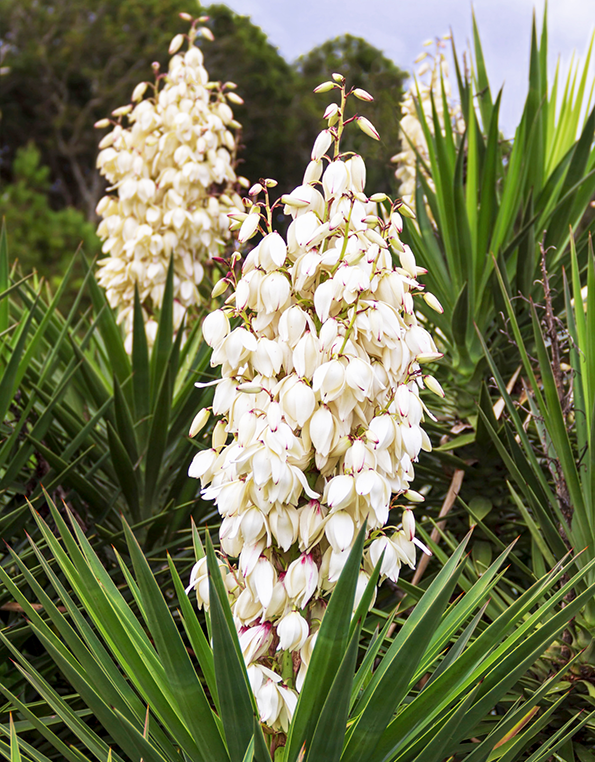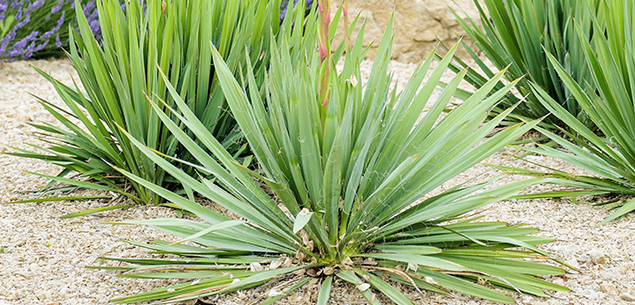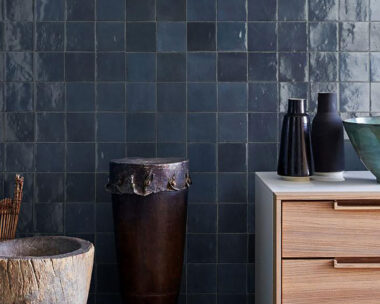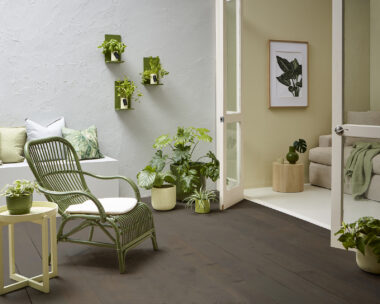The first time I ever came across a yucca, I thought it was without a doubt the most stylish thing I’d ever seen.
It was in a contemporary house in Auckland and it stood in the middle – not at the edge – of the living room in a large Morris & James ceramic pot.
In those days, the plant probably cost more than the pot, which is saying something, but I’d probably have paid the price to have something so trendy in my own house.
Fortunately, I forgot about yuccas soon after, and no doubt saved myself a bundle. I never really rated them as a garden plant, anyway.
But a couple of years ago, our neighbour planted about 20 of them in front of a black corrugated iron fence, and I’ve had to change my mind. They look architectural, dramatic and exotic, they never seem to need much attention, and they thrive here in conditions completely unlike their native climes.

The flowers, which always come as rather a surprise, are prized for cooking in Central American cultures, and have been used medicinally.
Yucca Elephantipes has its origins in the high country of Mexico and Central America, so the soggy, humid conditions it encounters during a Far North winter are less than ideal.
But it seems all they want is very well-drained soil and fertiliser high in potassium and low in phosphorous. They don’t mind salt, frosts or droughts, so what more could you ask?
Well, I’d ask that they don’t make lawn mowing a nightmare by dropping their leaves all over the lawn, and unlike our native cordylines, they don’t. They’re terribly well behaved and as far as I can see, their only vice is a dodgy habit of sticking you with the sharp tip of a leaf if you’re not careful.
If you have an area of garden that lacks height but you don’t want low foliage, this is your baby. There are about 40 species. They’re not speedy, but will eventually develop a trunk topped with a rosette of spirally arranged leaves. And if you think those cabbage-like heads are their only claim to fame, wrong. In summer, they produce delicate panicles of white or cream flowers on long spikes.
If you live in a dry climate, or have an area of garden that doesn’t get much moisture, a yucca could be the focal point of a dry garden. Marry it with cacti, agave and aloe, and soften the look with sun-loving grasses.
Because they’re so dry-tolerant, yuccas are also great indoor plants, and will forgive you for going on holiday and leaving them without water for days or even weeks.
Like the dracaena, they give a room instant style, and if they grow too big for the space they are in, they’re easy to re-pot.
All you do is take the yucca and cut it off somewhere above the halfway point of the trunk. Repot the bottom half and water it. Job done. No, I don’t absolutely promise it will grow new leaves because sometimes the unexpected happens, but I will say you’d be pretty unlucky if it didn’t.
And don’t waste the top bit. Put a mark on the trunk to show which end has the leaves, because you’re to cut the top off. Pot it with the end that had the foliage pointing upward, and wait. With luck, it will root and make new leaves. Two for the price of one!
Note: I have read that yucca blossoms are valued in Central America as a vegetable. They are chopped and fried with eggs, and added to stews and casseroles. Evidently, the ancient Mayans used the flowers medicinally, as they have been found to contain high levels of vitamins and minerals.




